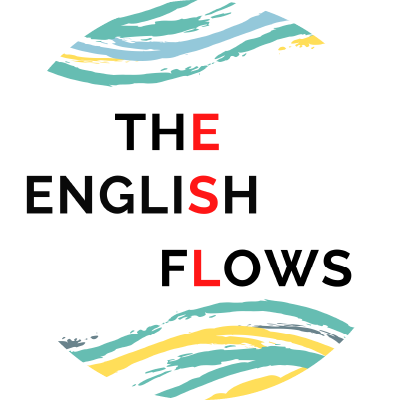April Fool’s Day
Lesson plan overview
This ESL lesson plan is about April Fool’s Day. It is most suitable for B2-level students. It focuses on speaking and listening. Students discuss humour, jokes, pranks, and April Fool’s Day, and watch 2 videos. You might also like the lessons “Why do we laugh?”, and “Idioms: humour, jokes, and laughter“.
Speaking: The lesson starts with a few conversation cards about humour and jokes. Next, students look at 5 quotes related to humour and laughter, and discuss them.
Vocabulary: Students look at sentences containing the target vocabulary (e.g. a prank, a hoax, to fall for something, improv, sketch). They work out the meaning of the words from context and match them to their definitions. After that, they complete a multiple-choice activity.
Listening: Before watching the first video, students discuss April Fool’s Day and what they know about this holiday. Then they watch a short video called “Why do we celebrate April Fool’s Day?”, and take notes. After that, they engage in a post-listening discussion.
Next, they watch the second video, which is more challenging, called “Best April Fool’s Day jokes and pranks of all time“, and take notes about each of the pranks mentioned. Then, they use adjectives given (e.g. hilarious, ingenious, witty, mean, inappropriate) to give their opinion about the pranks.
Speaking: The last 2 activities are focused on speaking. First, students are given different photos and are asked to describe what the prank is, and use some of the adjectives from the previous activity. Finally, students work in groups and try to come up with 3 April Fool’s Day pranks!
For more speaking practice, you can use the conversation cards.
Unlock these resources with one of our subscription plans
Teacher’s lesson plan
Student’s worksheet
Student’s interactive PDF
Conversation cards PDF

Pre-class activities
All video-based ESL lesson plans include online pre-class activities, which are FREE and can be completed without registration. Perfect for teachers who wish to embrace the blended learning approach. By providing students with resources and engagement opportunities before the actual class session, educators can foster active participation, enhance comprehension, and optimise in-class discussions.
The pre-class activities are optional: if you choose not to assign them, or your students don’t complete them, it will not disturb the flow of the class. You can find and review the pre-class activities for this lesson plan here:
To send the pre-class activities to your students, copy the link below.

In-class activities
To download the PDF files for this lesson, you need to have an active Premium or Premium + subscription.
Browse FREE lesson plans here.

Additional resources
Each video-based lesson plan includes links to additional resources (videos and articles), which are FREE can be found online (in the pre-class activities page. These links aim to extend the learning experience, enabling students to connect classroom knowledge with real-world applications.
Unlock these resources with one of our subscription plans
Teacher’s lesson plan
Student’s worksheet
Student’s interactive PDF
Conversation cards PDF
Not sure yet?
Try one of our FREE lessons plans
Share this lesson plan with someone who will find it useful
